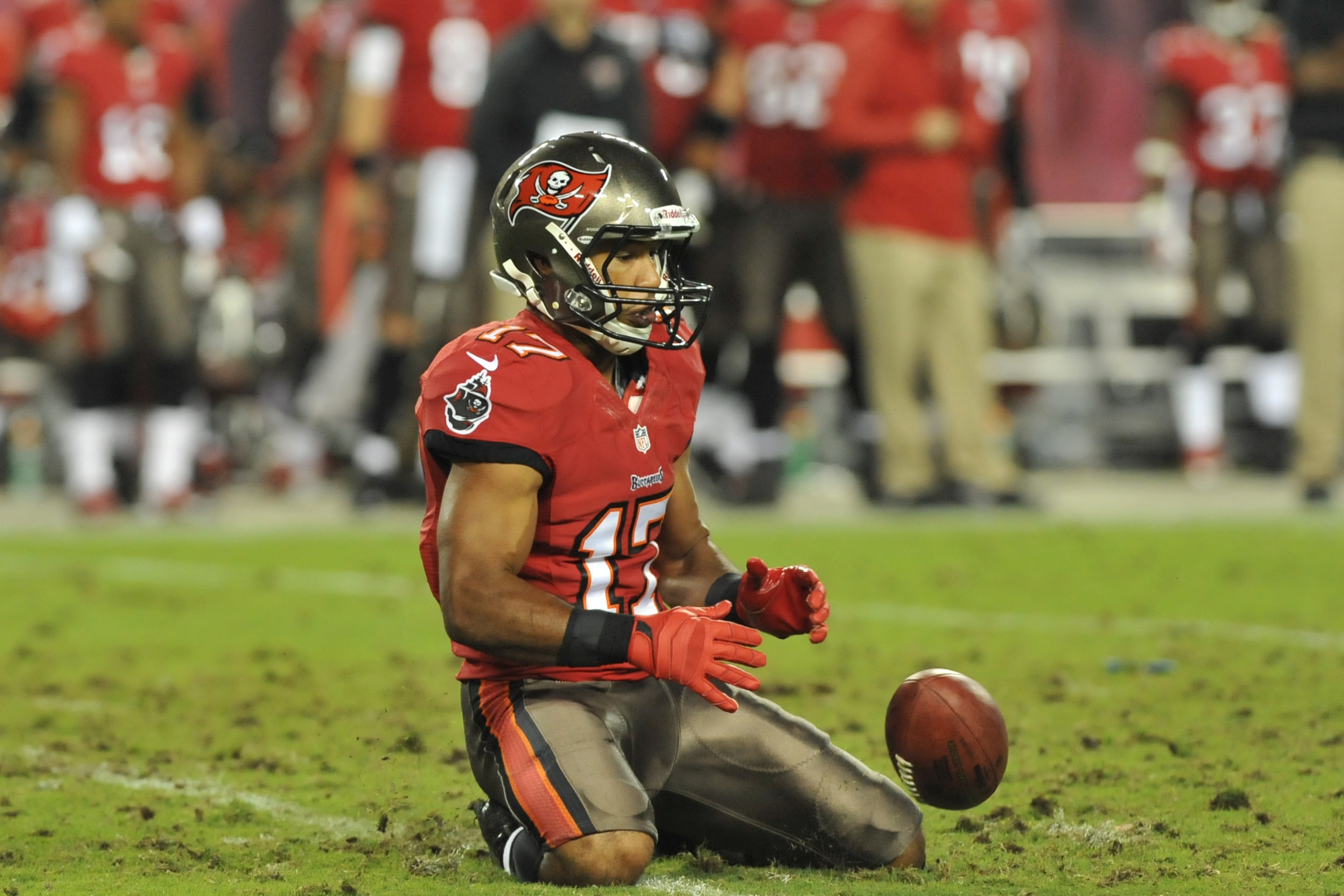At last report, which was given Thursday night, Chargers TE Donald Parham was hospitalized in stable condition* after slamming his head on the turf and being knocked unconscious. Even in a sport that is on some level defined by brain injuries, this one was particularly scary. And that horror was only emphasized by some questionable production decisions from the Fox broadcast crew. They certainly showed the injury, and it's ultimately a good thing not to hide from the human consequences of the game, but it still felt like seeing things we weren't meant to see.
*The caveat here is that this does not actually tell us much about the quality of Parham's condition, only that it's relatively unchanging. Patient condition descriptors don't convey much information because they're not supposed to—they're not medical terms, they're not used internally, but are rather terms designed to give the media something simple so they'll stop asking.
Parham struck the back of his head on the turf while trying to haul in a pass, and immediately went into the fencing response, a sign of brain injury that ought to be familiar to anyone who's watched enough football (or any contact sport). But Joe Buck strangely did not recognize the telltale raised arms, nor did the cameraperson who immediately dashed in for the close-up shot of an unconscious Parham, nor did the producer who did not cut away for several seconds. It made for an uncomfortably intimate perspective on something we see all the time—just not from this close.
Not sure why they zoomed on Donald Parham's face as he lay unconscious?
— . (@_CoronaLime_) December 17, 2021
Hope he's okay. That looked really bad. #Chargers #Chiefspic.twitter.com/w5HTaCfczL
Even more upsetting was seeing Parham wheeled out on a gurney, his hands and forearms curled inward and shaking. This may have been another involuntary response called decorticate posturing, separate from the fencing response but also associated with traumatic brain injury.
seeing Donald Parham's hands shaking on the stretcher is just gut-wrenching pic.twitter.com/AMVQvWqY3p
— alex (@highlghtheaven) December 17, 2021
Or it may have been something else, according to Joe Buck. Who can say!
LISTEN: Donald Parham Jr. is at the hospital with a brain/spine injury. Joe Buck says he'd never speculate on an injury, then speculates DP's arm tremors were bc "it's cold tonight, at least by Los Angeles standards."
— Chris Nowinski, Ph.D. (@ChrisNowinski1) December 17, 2021
Ladies and gents, meet rock bottom for sports broadcasting. pic.twitter.com/s3RbdE0ouO
I can understand the urge to hope (though perhaps not out loud where millions of people can hear you) that Parham's reaction might have been caused by something other than the worst-case scenario. That's a sympathetic urge. But it sits poorly to hear an NFL broadcaster speculate that the awful brain injury you just saw with your own eyes might not actually have been so bad as it looked. For decades the league and its partners actively or passively hid the consequences of concussions, with catastrophic results for players. This is not what I believe Buck was doing last night, mind you, but the echoes were too loud and too clear.
Parham's injury may have had even greater resonance because of context provided earlier in the week to a pair of tragedies. Phillip Adams, a former NFL wide receiver who shot six people to death before killing himself in April, suffered from severe CTE, researchers said on Tuesday. The next day it was announced that former WR Vincent Jackson, who suffered from alcoholism and behavioral changes in the last years of his life before his death in February, also had signs of CTE found in his brain. Direct cause-and-effect is perhaps impossible to prove, but this week in football has stark red flags on both ends of the evidentiary chain.
And then they play on. "We're trying to play for him the rest of the way," Chargers coach Brandon Staley said, "and that's what our guys did tonight, they laid it on the line and played a whale of a game for him."
This blog isn't meant to be moralizing or chiding anyone for continuing to watch football even given these blaring reminders of the toll it can take on athletes. How could it be? I keep watching, too. I've either found some moral compromise that allows me to do it because life is necessarily full of moral compromises, or I just like watching football a whole lot and am not a particularly principled person. Sometimes I suspect I'm very good at dressing up the latter as the former.
Which is why the reminders matter. If I've made a decision that I can live with what happens to other people for my entertainment, it's better not to be able to fully insulate from that decision. If the sight of Donald Parham's brain rebelling against trauma was deeply unsettling, good: it should be. Remember what this looks like.






